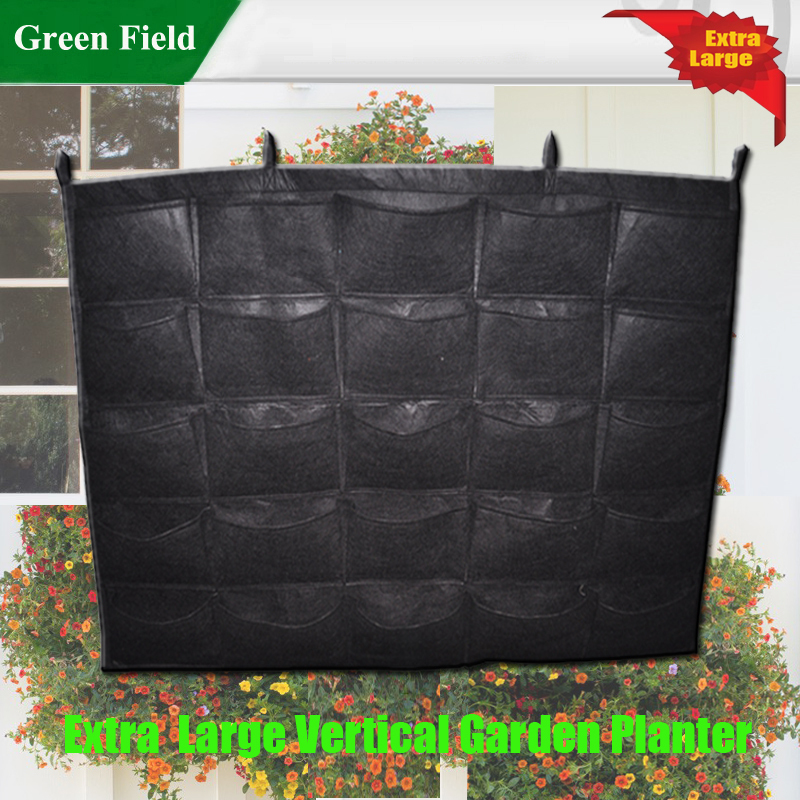Today I met with three women experienced in the field of landscaping and groundskeeping.
Sue Pope, Director of Grounds at the University,
Marcene Younker, expert of the University's outdoor garden plan, and
Michelle Cook, Red Butte Garden Specialist.
When we had planned this meeting, we had agreed to host it at the "visitor center". I assumed it was the campus visitor center in the Union Building, but after waiting for 8 minutes with no landscapers to be seen, I called Sue and learned that they had all gathered at the
Red Butte Gardens visitors center. It took about 20 minutes to bike the circuitous route to the garden center, a brutal reminder of the severe lack of clear paths through campus and Fort Douglas. When I finally arrived, it was to a spacious, well-ventilated roomful of thriving plants. The three women stood in front of a tapestry-like living wall, observing it like a Georgie O'Keefe masterpiece. Sue gave me a reassuring side-hug as I convened with the group. I felt 30 minutes of anxiety dissipate as everybody introduced themselves and we started in talking about the edible landscaping project.
Three main items came to light.
1. Pocket-style vertical garden planters are extremely expensive and high maintenance, especially outdoors. They are also not very edible-friendly. Although they make aesthetic gardens and are a great demonstration, I am tentative to jump into a commitment like this so soon.
The alternative that came out of today's discussion was the agreement that a grape arbor would make a great alternative. Grapes take about 3 years to establish and start producing. Iconic examples of thriving grapevines grace neighborhoods across Salt Lake City. Planting two grape plants with a climbing structure on the entryway to the Sustainability Resource Center, I think, would create a kind of Secret Garden appeal.
2. Plants: My initial list of plants was seriously assessed and advised by the trio of landscapers. The lowest-maintenance, water-wisest, highest producing, and most beautiful plants came out in a list looking like this:
Fruiting Shrubs:
Serviceberry
Grape
Herbaceous/Other Shrubs:
Rhubarb
Lavender
Sage
Small Herbs:
Thyme
Oregano
Flowers:
Echinacea
Daylilies
Yellow Sego Lily
Dwarf Rose (hips)
3. A contingency plan is imperative. I am in touch with Jen Colby, the Edible Campus Gardens Coordinator. Her reluctance to commit to a new project is almost as strong as Sue's. My temporary presence on this campus is important to the initiation of this plot, but after I leave, it needs to remain and sustain. I am designing for low-maintenance: watering once a week and public grazing to control harvest overflow. But to put Jen's mind at ease, I think that Grounds needs to stay involved as well. Right now, there are a few tall native grasses and Oregon Grape shrubs on site. These are pruned yearly. If Grounds can continue to prune the bushes and shrubs once a year, I think it will provide a continued connection with sustainability for them and be highly beneficial.











.jpg)













